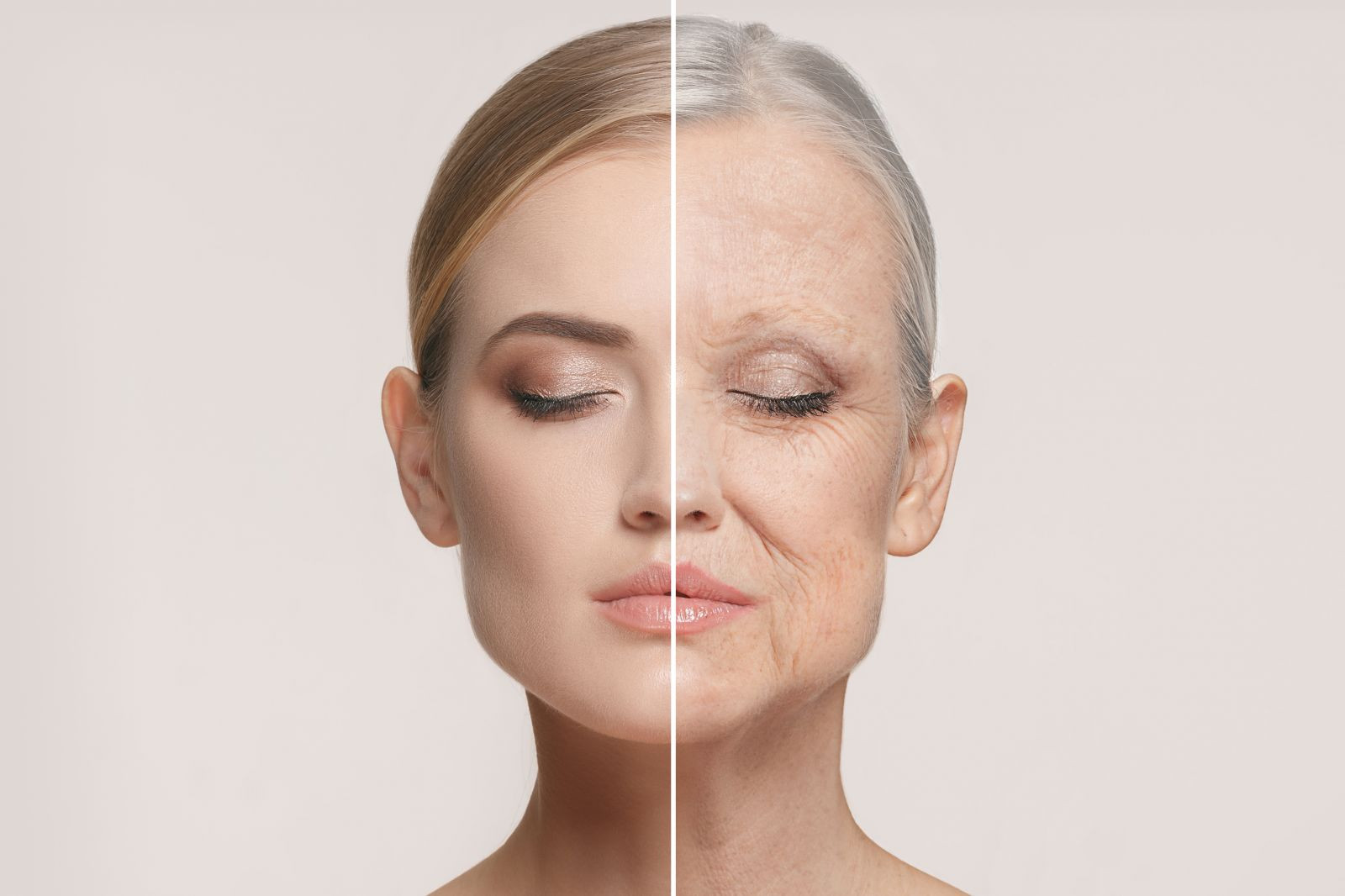Why your face ages and what you can do

A gracefully aging face is a beautiful thing, but there are changes that occur with age that we would like to slow down. Age affects every nook and cranny of the body. Along with the wisdom, experience, and accomplishments that come with getting older, there are changes that occur in our outward appearance. Changes in our faces are most at the forefront.
How the face ages
Dozens of changes take place as the years add up, some of them obvious and familiar:
- Foreheads expand as hairlines retreat
- Ears often get a bit longer because the cartilage in them grows
- Tips of noses may droop because connective tissue supporting nasal cartilage weakens.
There are also structural rearrangements going on behind the scenes. When we're young, fat in the face is evenly distributed, with some pockets here and there that plump up the forehead, temples, cheeks, and areas around the eyes and mouth. With age, that fat loses volume, clumps up, and shifts downward, so features that were formerly round may sink, and skin that was smooth and tight gets loose and sags. Meanwhile other parts of the face gain fat, particularly the lower half, so we tend to get baggy around the chin and jowly in the neck.
And, of course, there are the wrinkles. Those deep ones in the forehead and between the eyebrows are called expression, or animation, lines. They're the result of facial muscles continually tugging on, and eventually creasing, the skin. Other folds may get deeper because of the way fat decreases and moves around. Finer wrinkles are due to sun damage, smoking, and natural degeneration of elements of the skin that keep it thick and supple.
No comments:
Post a Comment